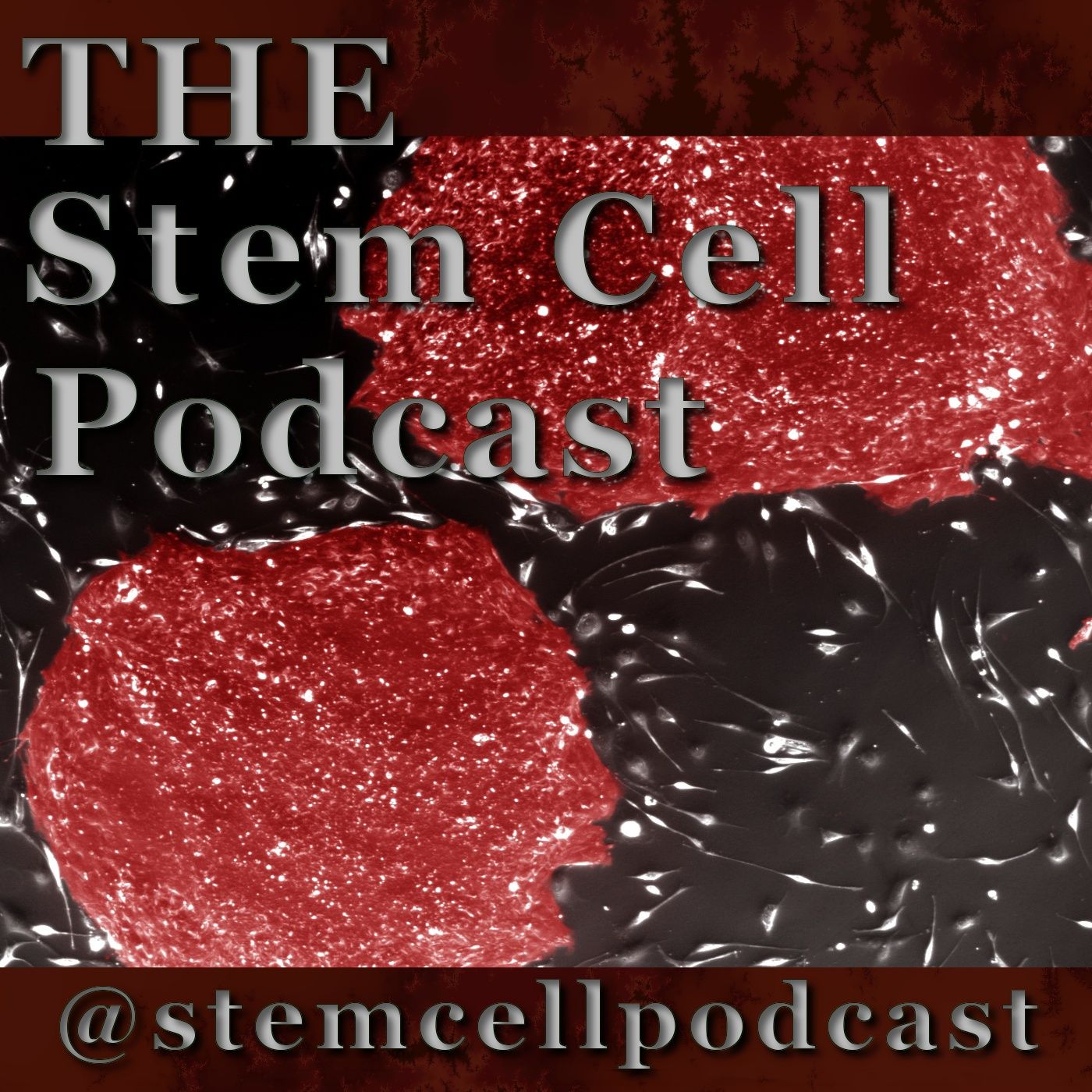Ep. 44: Saratoga Stem Cell Featuring Greg Smith, Christy Allen, Samantha Morris and Evangelos Kiskinis

Welcome everybody to Episode 44, be sure to visit\xa0stemcellpodcast.com for current and past episodes and to subscribe to\xa0our newsletter. \xa0 We begin as always with our Science Roundup sponsored by\xa0Thermo Fisher. In this episode we discuss topics ranging from a chemical in vegetables that can destroy cancer stem cells, chewing gum to prevent signing a song over and over, the first report of germ line gene editing in human embryo, neuronal hyperactivity and neutral stem cells, and the discovery of a new pluripotent stem cell. \xa0The second half of the show comes live from\xa0The Next-Gen Stem Cell Conference in Saratoga NY, where we interview 4 scientists about their work and conference experience. \xa0 \xa0We then finish off the show with a rant about salt and pepper shakers. Enjoy!
Below are all of the papers mentioned on the show. We are working on a way to categorize all of the research papers we mention and possibly even provide audio summaries. Enter in your name and e-mail address below, and we will notify you of when this feature is available.
Resources, Links and Research Papers Mentioned In This Session Include:
Could High Blood Sugar Be A Cause Of Alzheimer's Disease? \u2013 In this article, scientists suspect one of the drivers that causes the complex brain changes that lead to Alzheimer\u2019s disease is the accumulation of plaques of a faulty protein called beta-amyloid and that too much sugar in the blood can speed up the production of this protein.
Activin A Directs Striatal Projection Neuron Differentiation Of Human Pluripotent Stem Cells \u2013 This article reports that activin A induces lateral ganglionic eminence (LGE) characteristics in nascent neural progenitors derived from human embryonic stem cells (hESCs) and induced pluripotent stem cells (hiPSCs) in a sonic hedgehog-independent manner.
Take A Deep Breath: Patients Find Relief Through 3d Printing \u2013 According to this article, a patient suffering from the rare condition, tracheobronchomalacia was treated with the use of 3D printing to construct a splint that would support the weakened trachea.
Relaxed DNA May Contribute To Aging \u2013 In this article, analysis from scientists suggests that loosely wrapped DNA underlies the accelerated physical decline of Werner syndrome and promotes aging in the rest of the population.
U of M Institute Discovers How Aspirin Fights Cancer \u2013 According to this article, researchers discovered that aspirin might exert its chemopreventive activity against colorectal cancer, at least partially, by normalizing the expression of epidermal growth factor receptor (EGFR) in gastrointestinal precancerous lesions.
Bat-Winged Dinosaur Discovery Poses Flight Puzzle \u2013 This article describes the fossilized remains of a small, feathered dinosaur, unearthed in eastern China, that probably sported bat-like wing membranes and might have been able to glide or fly short distances.
A Step Toward Making Everybody A Universal Blood Donor \u2013 In this article, researchers describe a way to transform A and B blood into a type that, like O, could be universally donated by using enzymes to remove certain sugars in the blood.
The Search For Satiety Neurons And How To Short Circuit Hunger \u2013 According to this article, a team of researchers has found that a melanoncortin 4 receptor-regulated (MC4R) circuit serves as the neural link that inhibits and controls eating by promoting fullness and removing the almost painful sensation of grating hunger.
Finding The Body Clock's Molecular Reset Button \u2013 In this article, the researchers at McGill and Concordia universities in Montreal, report that the body's clock is reset during the process, known as phosphorylation when a phosphate combines with a key protein in the brain.
Chew Gum To Get Rid Of That Song In Your Head: Study \u2013 This article reveals that chewing gum could be the best way to get rid of the annoying songs that play in our heads which some call as earworms,